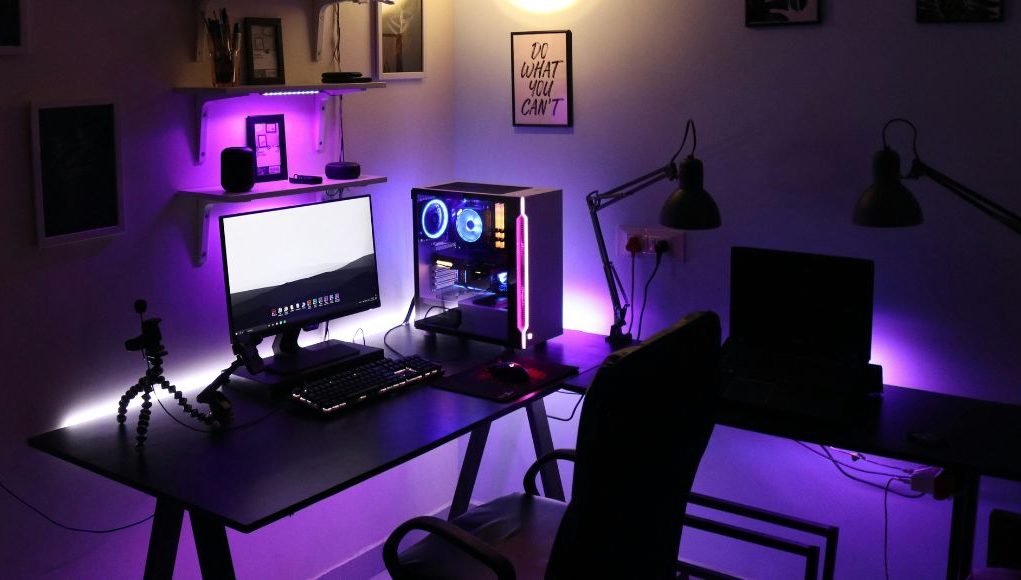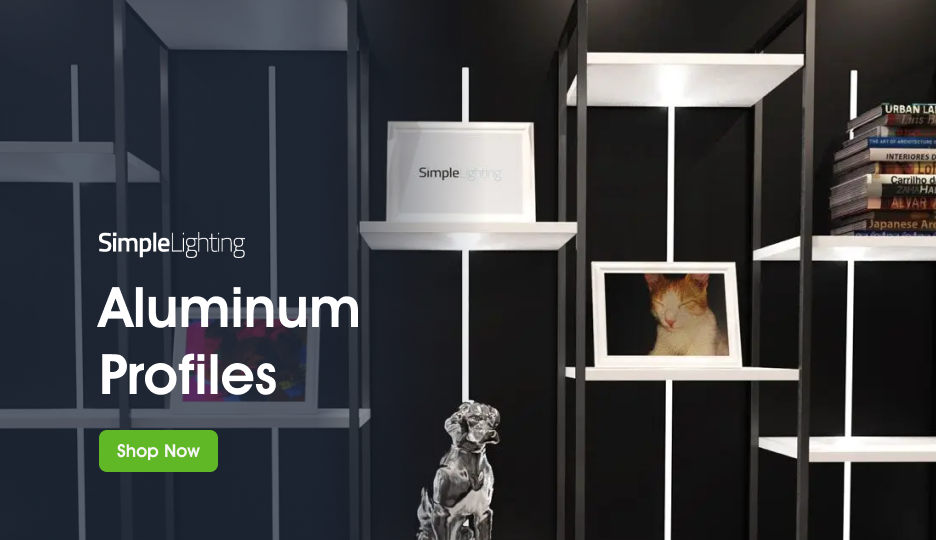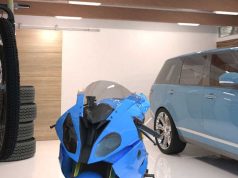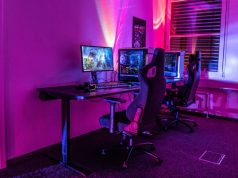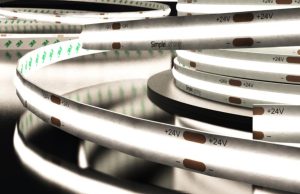If you’ve ever set up a gaming space, home office, or entertainment nook, you’ll know the battle is real. Cables. Everywhere. Under desks, spilling off consoles, dangling from monitors like rogue spaghetti. Does it look chaotic? Definitely. But not only is it an aesthetic disaster, it also makes cleaning, upgrading, or even moving things a total headache.
But what does it have to do with lighting? Well, imagine having a soft under-desk light installed, and every time you turn the lights on, rather than the warm, relaxing glow, you’re instead given a front-row seat to the mess that’s under your desk. Not a pretty picture, is it?
That’s why in this guide, we’ll explore why cable management matters, how it improves your space, and how to integrate lighting seamlessly into your setup. Because, hey, most lights have wires too!
Why Cable Management Matters for Gaming Spaces
Think of a gaming setup without cable management this way: it’s like a beautiful car with a missing bonnet. Everything’s still technically working, but you can’t deny the clutter. But really, good cable management extends beyond mere aesthetics. There are huge benefits in safety and device longevity that you’re missing out.
Improving Aesthetics with a Clutter-Free Setup
Picture this: a PC gaming setup with dual monitors, a glowing PC case with RGB, and a surround sound system… but then you look at the floor and it’s an electrified jungle. Suddenly, the magic is gone.
That’s just the reality. Messy wires can instantly drag down even the most high-tech gaming rig.
Cable management is basically the glow-up no one talks about. And it can be as simple as using clips, ties, and routing channels to keep wires out of sight. And out of the blue, your setup looks like something out of a design magazine. A clean setup (no visible wires) paired with subtle LED strips? The result isn’t just neat. It’s cinematic.
Think about it. Do you want your setup to have cables dangling in plain view, making it look like a rig straight out of a dieselpunk sci-fi movie, or do you want floating monitors bathed in soft backlighting and desks that appear to be hovering thanks to a hidden under-glow?
Preventing Damage to Cables and Devices
As we mentioned earlier, proper cable management is more than just about the looks. The less glamorous reason (but equally important) why you want tidy cables? Device longevity.
You see, when wires tangle, bend sharply, or get trampled under the wheels of your chair, they wear out faster. Ever caught your foot on a cable and accidentally yanked a port loose? Yes, that’s not good for your hardware. Faster wear-out also means more frequent replacements, which results in additional expenses. Who wants that? Not us. And not you.
Cable management? Reduces strain, prevents accidental pulls, and keeps everything where it should be. Think about it: your headset cord won’t knot itself into oblivion, your HDMI cables won’t fray at the ends, and your charging leads won’t mysteriously stop working mid-boss fight.
It’s not just about organisation. It’s protection.
Making Room for Better Lighting Placement
Real gamers need RGB. It’s not just a statement. Its identity. But to be able to add good lighting to your setup, you need clean and clear surfaces. Want LED tapes tucked behind your monitor for that halo glow? You’ll need the back panel cable-free. Want under-desk lighting that looks clean and professional? Stray power leads will ruin the effect.
Tidy cables mean more creative freedom with lighting. You’re not just hiding wires, you’re making room for your gaming setup’s major upgrade: lights.
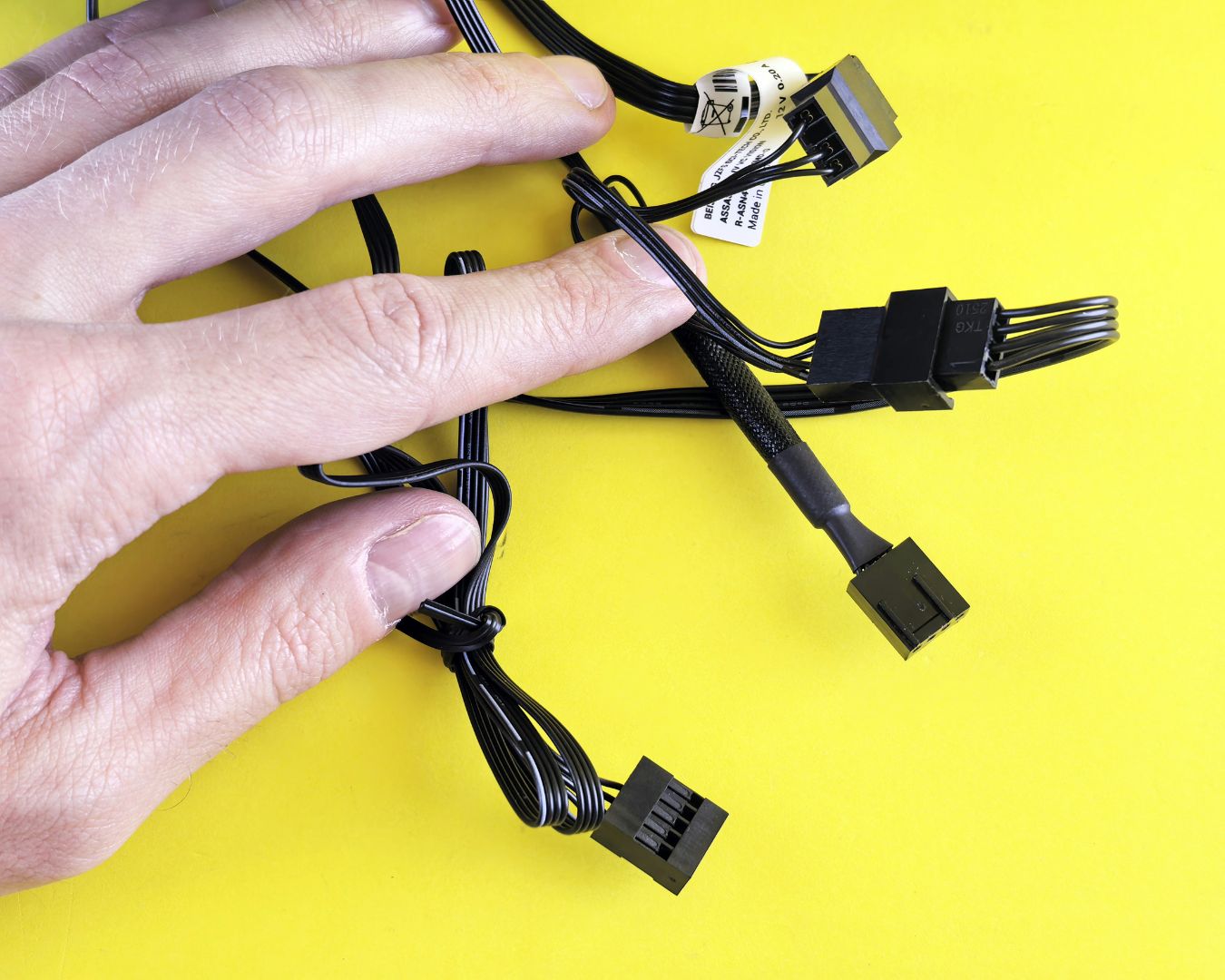
Integrating Lighting with Cable Management Solutions
Here’s a pro tip: cable management and lighting don’t have to be two separate projects. The same channels, profiles, and strips you use to tidy cables can also house LED lighting. Done right, you can hide the mess and create a glow in one go. And that’s the tea we’re going to spill below.
Using LED Profiles to Hide Wires and Diffuse Light
LED aluminium profiles are the ultimate double agent. They’re designed to house LED strips, sure. But they also create neat trunking that can disguise small wires. If you didn’t know, cable trunking is a protective routing and covering system for electrical cables and wires.
That LED profile giving off a soft, even glow along the edge of your desk? It could also be housing that stray USB lead.
No harsh dots of light, check. No dangling cords, check. That’s like hitting two birds with one stone! Now you’re left with a crisp, tidy edge that looks intentional. And, as an added bonus, the same LED profile serves as a heat sink that prolongs the life of your LED strips.
Routing LED Strips Along Furniture and Fixtures
You know what good strip and cable management looks like? When the strips become practically invisible… until they glow, of course. The trick is smart routing. Instead of making your lights the focal point of the room (like creating intricate designs on the wall using strip lights), you instead “hide” by installing them inconspicuously.
Clips and Adhesive Channels: Stick strips along the underside of desks, shelves, or behind your TV using adhesive backing or mounting clips. Feed the wires into the channels so that only the light is visible, not the cables.
Trunking: For longer runs, use trunking to hide both the strip and its cables. Seamlessly blend them into walls or furniture edges. The trunking provides frosted covers to diffuse the light.
Furniture Integration: Tuck strips behind headboards, bookshelves, or console stands. With cables routed cleanly, the strips create the illusion that furniture is glowing from within.
Actionable Tips for a Tidy, Glowing Setup
Cable management is not easy. We know that it can be a tedious task, but the payoff is well worth it. Here are some practical tips to help you create a cleaner setup:
- Bundle and Label: Start with the basics. Use Velcro ties or cable sleeves to bundle cords by device, and then label them accordingly. (You don’t want to unplug the wrong cord, mid-game.)
- Mount Power Strips: Fix extension leads under your desk or behind furniture so plugs don’t spill across the floor.
- Plan LED Placement First: Before tidying, decide where your lighting will go. Route cables in a way that supports neat installations rather than obstructs them.
- Keep It Accessible: Don’t over-hide. Future you will want to swap devices or add a console without dismantling an entire cable fortress. Use channels that open easily for quick changes.
Final Thoughts
Poor cable management and lighting could be what’s keeping your space from being “a messy fortress” to becoming a “gaming haven.” Now, you don’t need to fix only one, since you can combine the two. That’s right, put together good cable management and good lighting, and you’ve got a setup that not only works but glows with personality.
Remember that every bit of tidying unlocks more space for creativity. (That’s another way of saying “you’ll have a cleaner gaming setup.”)
It’s time to get out there and show off your setup. Only this time, it looks even better—and tidier.


